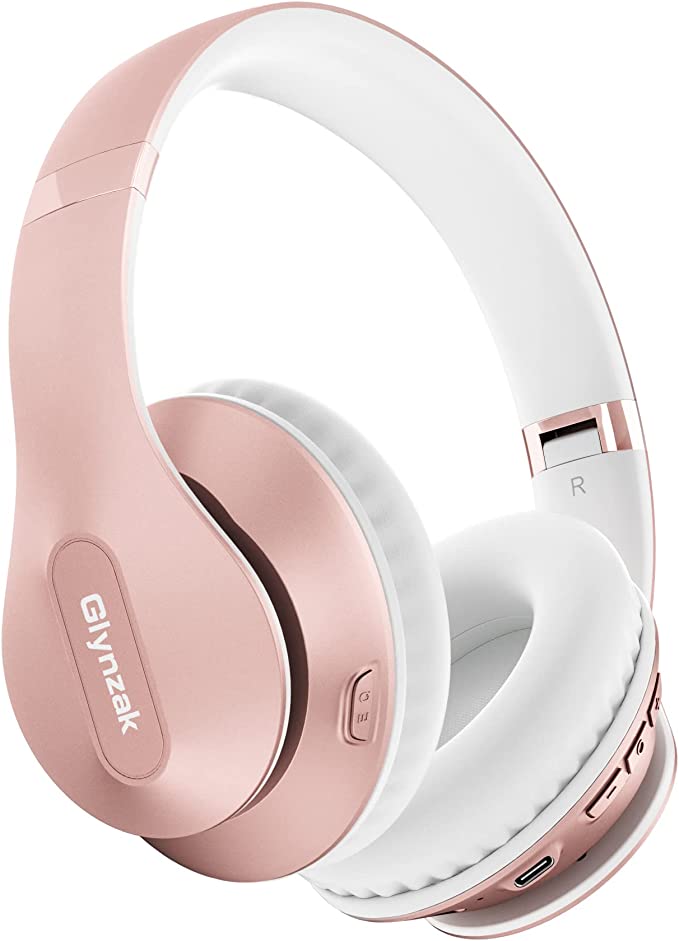The Ultimate Hoverboard Safety Guide: Understanding UL 2272 and Battery Risks
Update on Oct. 26, 2025, 9 a.m.
Around 2015, hoverboards exploded into a global phenomenon. But alongside videos of celebrities gliding backstage, more alarming headlines began to emerge: stories of devices catching fire, often while charging. This safety crisis rightfully caused widespread concern and led many to ask a simple, vital question: are these things safe?
The answer is complex, but empowering. Thanks to rigorous safety standards, a modern, properly certified hoverboard can be a safe and enjoyable device. But as a consumer, knowledge is your most important piece of safety gear. This guide will demystify the risks, explain the solution, and give you the confidence to make safe choices for your family.

The Root of the Risk: Understanding Lithium-Ion Batteries
The issue was never with the concept of a hoverboard, but with the powerful batteries required to make them go. Nearly all hoverboards, like our smartphones, laptops, and electric cars, are powered by lithium-ion batteries. These batteries are engineering marvels, packing an immense amount of energy into a small space. But that high energy density is also their inherent risk.
When a lithium-ion battery is poorly manufactured, damaged, or managed by a faulty charging system, it can enter a state called “thermal runaway.” This is a rapid, uncontrollable, self-heating chain reaction. One faulty cell overheats, causing adjacent cells to overheat, leading to a cascade that can result in the release of flammable gases, fire, and even explosions. The U.S. Consumer Product Safety Commission (CPSC) received hundreds of reports of such incidents in the early years.
The Gold Standard Solution: What is UL 2272 Certification?
In response to this crisis, a clear solution emerged. UL (formerly Underwriters Laboratories), a globally respected safety science company, developed a comprehensive set of tests specifically for the electrical systems of personal e-mobility devices. This standard is called UL 2272.
A product page, like UNI-SUN’s, might say it “passed strict electrical tests,” but the UL 2272 holographic sticker on the product itself is the proof consumers should look for. It’s not just a single test; it’s a brutal gauntlet designed to push the battery and electrical system to its limits. A UL 2272 certified device has had its entire electrical ecosystem—the battery pack, the charger, the motors, and the logic board—tested as a complete system.
Key tests in the UL 2272 standard include:
- Overcharge Test: Simulates what happens if the device is left plugged in too long. The system must prove it can safely stop accepting charge.
- Short Circuit Test: Checks the system’s ability to handle a catastrophic short circuit without causing a fire.
- Temperature Test: Ensures the battery operates safely within a wide range of temperatures.
- Impact and Crush Tests: The device is dropped and crushed to simulate rough use and accidents, ensuring the battery housing remains intact.
- Water Exposure Test: Subjects the device to rain and splashing to test for water resistance and electrical safety.
When a hoverboard is UL 2272 certified, it means its electrical system has been proven to be robust against the most common causes of failure. The CPSC itself has stated that consumers should “look for the UL 2272 certification” when shopping for a hoverboard.
Your Armor: A Practical Safety Checklist
Knowing what UL 2272 means is empowering. Now, let’s turn that knowledge into action.
Before You Buy:
- Verify UL 2272 Certification: Do not take a seller’s word for it. Look for the holographic UL certification mark on the product’s packaging and on the bottom of the device itself.
- Buy from Reputable Retailers: Avoid anonymous online sellers. Purchase from established retailers who are accountable for the products they sell.
- Inspect the Product: Even with certification, check for signs of a quality build. Does it feel solid? Is the charging port secure?
During Use and Charging:
- Use the Correct Charger: Only ever use the charger that came with your device. A mismatched charger can have the wrong voltage and bypass safety features.
- Don’t Overcharge: While certified systems have protection, it’s best practice to unplug the device once it’s fully charged.
- Charge in a Safe Space: Never charge the hoverboard overnight in a bedroom. Charge it on a hard, flat surface away from flammable materials, where you can keep an eye on it.
- Inspect Before Each Ride: Check for any cracks, damage, or loose wires. If the battery casing is damaged, do not use or charge the device.
- Store Properly: Store the hoverboard in a dry, temperate location. Avoid leaving it in a hot car or a freezing garage.

Conclusion: Safety is a Choice, Not a Chance
The journey of the hoverboard from a risky novelty to a certified consumer product is a powerful lesson in technology and regulation. The risks associated with powerful batteries are real, but they are manageable with smart engineering and informed consumer choices. By understanding the science, insisting on the gold standard of UL 2272 certification, and practicing safe habits, you can ensure that the thrill of gliding comes with peace of mind.



















